Big Picture
Big Picture involves placing topics of study with a broader understanding of the past. This involves relating topics to the local, national, and world perspective together with their place in a broader understanding of the past.
-

Assessment and Progression without levels
ArticleClick to view -
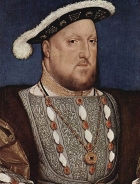
What do we mean by Big Picture History?
ArticleClick to view -
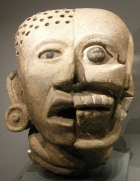
The Maya: a 4,000-year-old civilisation in the Americas
ArticleClick to view -
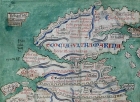
Britain's settlement by Anglo-Saxons and Scots
ArticleClick to view -

Pull-out Posters: Primary History 68
ArticleClick to view -

Britain from the Iron Age to Robin Hood
ArticleClick to view -
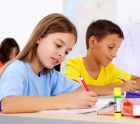
Curriculum planning: How to write a new scheme of work for history
ArticleClick to view -

The National Curriculum for History from September 2014: the view from Ofsted
ArticleClick to view -
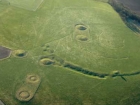
Using the back cover image: Windmill Hill
ArticleClick to view -

Story telling: how can we imagine the past?
ArticleClick to view -

Children's thinking and history
ArticleClick to view -

Teaching history as a national grand narrative
ArticleClick to view -
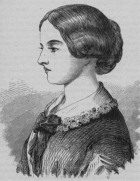
OFSTED, primary history and creativity
ArticleClick to view -

A creative Egyptian project
ArticleClick to view -

Case Study: Creative chronological thinking
ArticleClick to view -
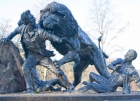
Thematic or topic based whole school curriculum planning
ArticleClick to view -
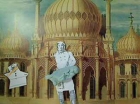
Museums, schools and creativity: How learning can be enhanced
ArticleClick to view -
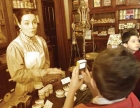
Geosong: a transition project
ArticleClick to view -

Creating the 'creative history' website
ArticleClick to view -

In My View: Creativity & History
ArticleClick to view

